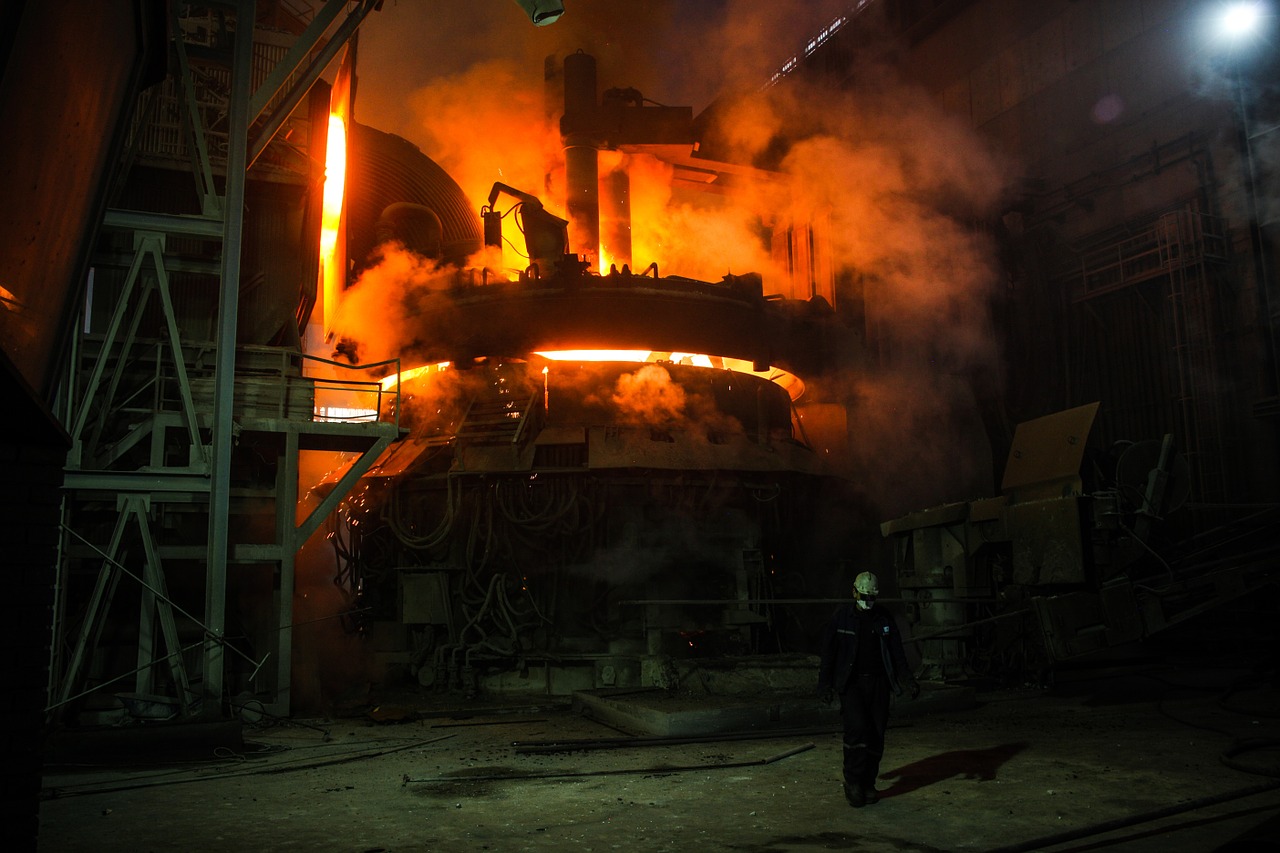new furnace installation
What You Should Consider About Expected Furnace Longevity
How long should my furnace last? That's a question homeowners may shy away from thinking about. However, like all mechanical equipment, the system eventually wears out and needs replacing by a service such as Enviro Air HVAC. It's good to understand the expected longevity of a furnace so the homeowner isn't blindsided when the system breaks down for good. There comes a point when technicians cannot safely bring the furnace back to life. Carbon monoxide may be a risk, for example.

If the homeowner treats the system well, the furnace may be expected to last upwards of 25 years. Proper care of the furnace includes changing the air filter regularly so the equipment doesn't have to work as hard to force air through. Annual maintenance, cleaning and inspection by a professional also is important to keep the furnace in good working order.
Sometimes the best strategy is to schedule new furnace installation when the equipment has malfunctioned a few times and is reaching the end of its expected life. During the annual maintenance appointment and any repair calls that have been made, the technician evaluates the various components and the general condition of the equipment. This individual can tell the homeowner when it's time to start thinking about buying a new furnace. Nobody wants to have the furnace reach the point of no return on a very cold day and have to live without the main heating source even for a relatively short time.
Furnace installation by a technician with NATE certification is advisable. This certification is provided by the North American Technician Excellence non-profit organization and verifies a certain level of knowledge and expertise. Technicians can earn certificates by passing rigorous tests in specialties such as gas heating, oil heating and heat pumps. Certifications in air conditioning, refrigeration and other specialties also are available.
The good news is that new heating installation typically results in lower utility bills because of the better energy efficiency. It takes time to recoup that investment, but homeowners can feel good knowing that they are using less energy and leaving less of a carbon footprint on the environment. Newer furnaces also tend to be noticeably quieter than their older counterparts, which is a welcome change. A new programmable thermostat also can be installed, making the possibility of efficiency even greater. Nobody has to remember to turn the thermostat down when leaving the house for the day; they have programmed that information into the device.